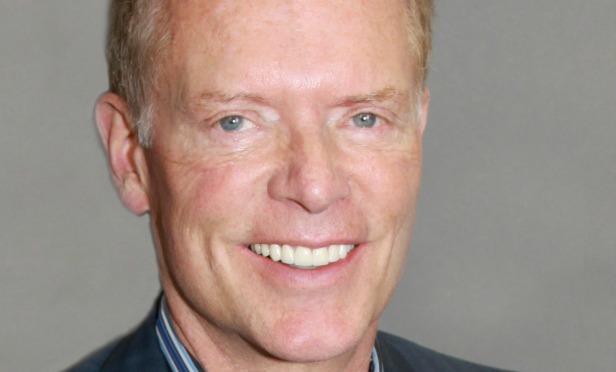
There is no debate that Los Angeles is suffering from an affordability crisis, but the term “affordable housing” may be misleading to many residents and voters, according to Steve Fifield. Affordable housing is housing that is allocated for residents earning a small percentage of the median area income, but it doesn't include those making near that median income. In L.A., that may leave out residents making $50,000 to $75,000 per year who are struggling to get by at current rents. We sat down with Steve Fifield, a co-founder at Century West Partners to find out more about the differences between affordable and workforce housing.
GlobeSt.com: Why to you think that the term 'affordable' and the focus on affordable housing is misleading?
Steve Fifield: The term affordable is one of the most misused words. Affordable housing creates housing for a very small section of people. It covers people that earn, for example, between $25,000 to $38,000 per year. There are tons of people making $50,000, $60,000 or $75,000 per year that can't afford to live in L.A. They have to live out in Riverside County and commute in because they don't qualify for affordable housing. Those people need what we call workforce housing.
GlobeSt.com: So you think people earning $50,000 to $75,000 per year believe that they fall under the affordable housing requirements?
Fifiled: Yes, but they are not. Affordable is a great term that politicians like to throw around. The people that fit into affordable housing are an apprentice bus driver that is going to be disqualified in two years when he gets his next pay raise.
GlobeSt.com: Are there requirements for workforce or median income housing?
Fifield: Warner Center a decade ago had a workforce-housing requirement that was 120% of the median income in L.A. Even people at that level, which is about $70,000 per year, couldn't find housing, and it was impacting employers in the area.
GlobeSt.com: What is a solution to getting more of this type of housing built, as well as affordable housing?
Fifield: In New York City, they mandated 20% affordable and they waved 100% or the real estate taxes for the first 20 years—but that was revenue neutral. The savings on taxes equals the lost income from the lower rents, but there is a whole range of formulas that you could come up with off of that. For example, instead of 20% affordable or workforce housing, you do 10% and wave only half the taxes. Or, you could do 20% workforce housing at 80% to 120% of the median income. You can give people a cookbook of options that they can pick. Then, you would have a developer doing 400 units with 5% affordable and 5% median income or another developer doing 5% at 80% median income and another 5% at 20%. Now, you are serving a whole range of disadvantaged renters.
© Touchpoint Markets, All Rights Reserved. Request academic re-use from www.copyright.com. All other uses, submit a request to [email protected]. For more inforrmation visit Asset & Logo Licensing.






